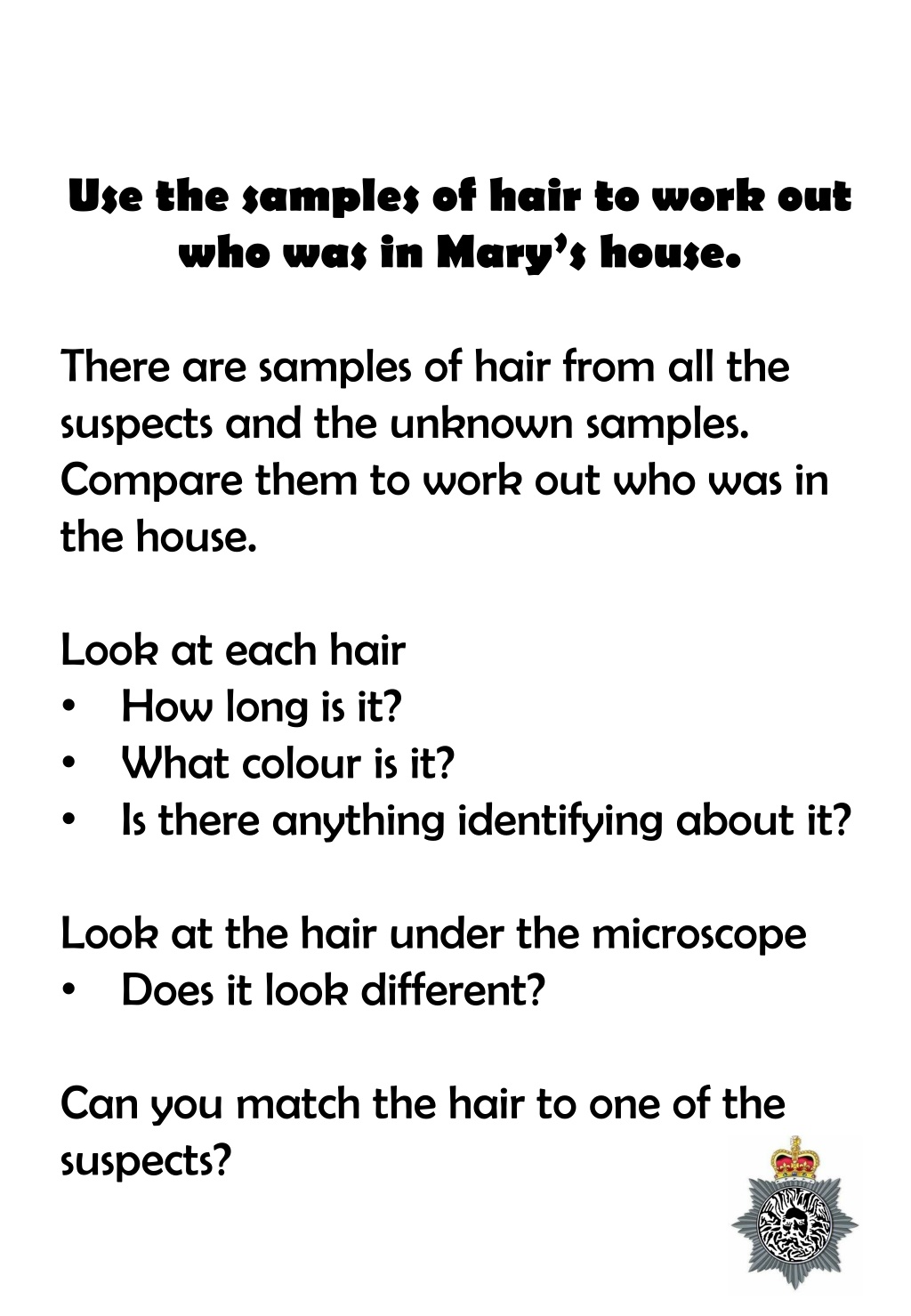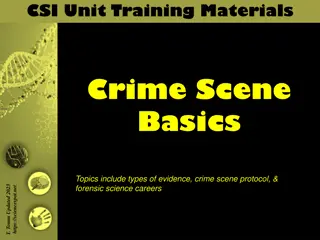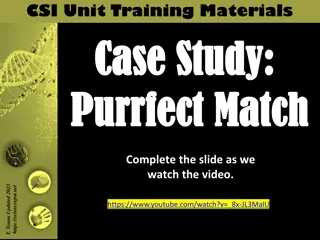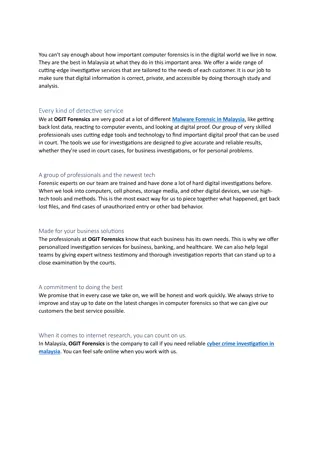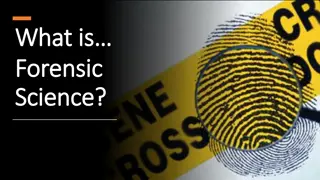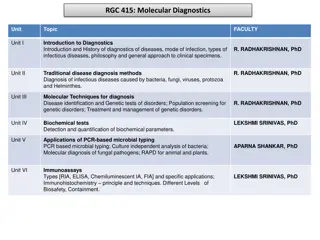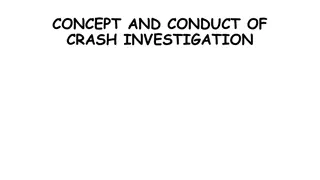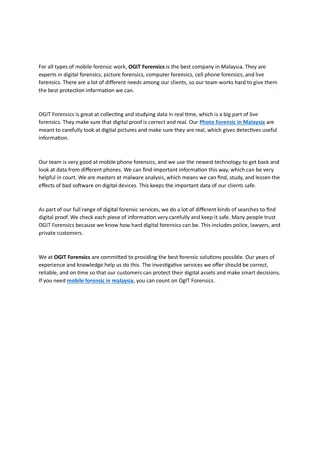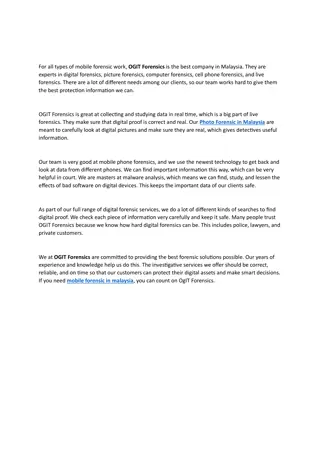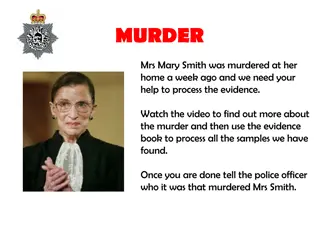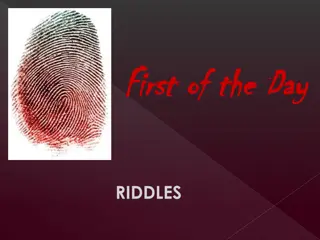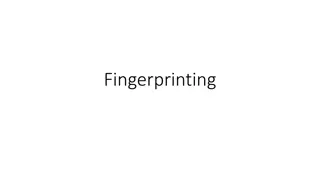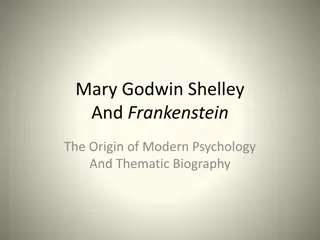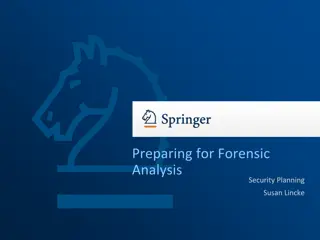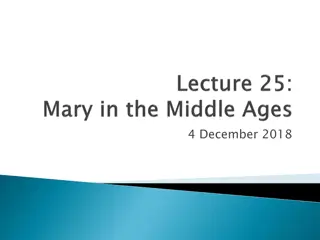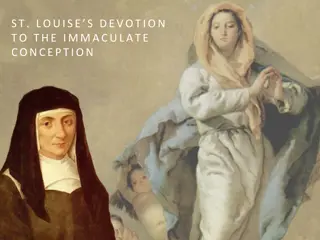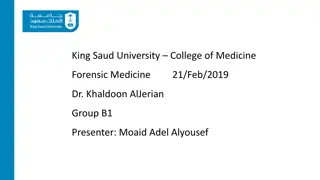Forensic Investigation Techniques for Solving a Mystery in Mary's House
Use hair samples, soil analysis, fingerprint comparisons, and microscopy to identify the suspects who were in Mary's house. Analyze hair length, color, and characteristics. Compare soil samples from different areas to trace the suspects' movements. Match fingerprints with the suspects' records. Utilize microscopes to examine slides for identifying features. Conduct interviews with the suspects for further investigation.
Download Presentation

Please find below an Image/Link to download the presentation.
The content on the website is provided AS IS for your information and personal use only. It may not be sold, licensed, or shared on other websites without obtaining consent from the author. Download presentation by click this link. If you encounter any issues during the download, it is possible that the publisher has removed the file from their server.
E N D
Presentation Transcript
Use the samples of hair to work out who was in Mary s house. There are samples of hair from all the suspects and the unknown samples. Compare them to work out who was in the house. Look at each hair How long is it? What colour is it? Is there anything identifying about it? Look at the hair under the microscope Does it look different? Can you match the hair to one of the suspects?
Use the samples of soil to work out whose wellies are in Mary s house. There are samples of soil from all the areas the suspects live in and the unknown sample from the wellies. Compare them to work out who was in the house. You have samples of soil from Bath, Wiltshire, Bristol and Gloucestershire.
Soil Analysis Soils from different areas have different characteristics. Some soils have things in them. Have a look for things like: Moss Leaves or twigs Sand Clay Plant roots Look closely at each sample and see if you can match them to the unknown
Fingerprint Analysis In your book you have the fingerprints taken from the salt shaker. Compare them to fingerprints from the suspects and write the name of the suspect under each unknown fingerprint in your book. Remember not all the fingerprints will be from the suspects.
These are the most common pattern seen in about 60-70 % Some loops start on the right and some on the left. Both The lines start and finish on the same side of the print. Some people have prints which are a mixture of two Accidental whorl whorls. loops and whorls these prints are called loops different types of pattern. These are some examples Double loop whorl of fingerprints arches, loops Other types There are three main fingerprint patterns: arches Loops Some arches look short or tall. Both these prints are The lines run from one side of the print to the other These are quite rare and only seen in about 5% of These are seen in about 25-35 % of fingerprints Fingerprint Patterns The lines include at lest one complete circle Both these prints are called whorls called arches fingerprints Whorls Arches
Microscopes Use the microscopes to have a look at the different slides. Select a slide and put it onto the microscope. Use the wheels on the side to focus. Have a look at the identifying features and record your observations by drawing what you see using the paper, pens and pencils provided.
Interviews You can interview the suspects if you wish. Decide on your questions you want to ask each of the suspects before you go into the interview room Use the notes boxes in your book to record the answers to your questions.
